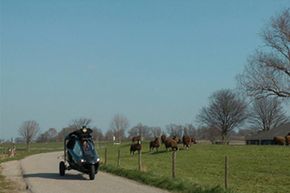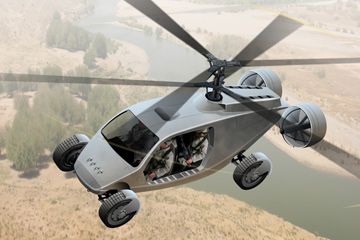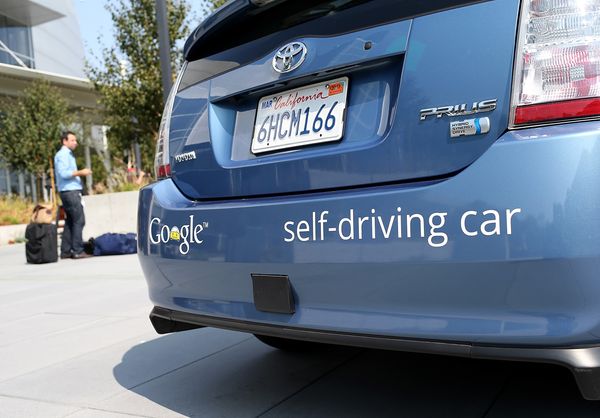George Jetson had it easy: he was good-looking, had an attractive wife, well-behaved kids, a dog that could sort-of talk, a robot maid, video phones and, the pièce de résistance: a flying car. (Side note: Don't you wonder what had happened to the Earth on "The Jetsons" that made everyone live so far above the surface? What was actually down on the ground? Trash? Floodwaters? Zombies? On second thought, maybe that question is a little too heavy for a kid's show. Anyway, back to the flying cars!)
While the automobile has given people freedom to travel long distances relatively quickly and comfortably, we always want more. Faster cars, alternative fuel cars, cars that integrate apps from our smartphones and cars that are able to drive themselves are either for sale now or on the horizon. Flying cars, long the dream of everyone in a traffic jam and a basic mode of transportation for everyone on "The Jetsons," are another automotive dream. As it turns out, however, being able to soar over a miles-long backup on the freeway isn't the pipe dream it once was. With the invention of the Personal Air and Land Vehicle (PAL-V), we're all getting a bit closer to our own flying cars.
Advertisement
Of course, we'll all need $395,000 to do it, but what does money matter when you're talking about a flying car?
The PAL-V One is a combination car and helicopter that's built by the PAL-V company. The PAL-V One seats two and can be driven on the road and into the air — you don't even need a pilot's license. Light, high-tech materials help make the PAL-V airworthy, and an innovative design helps it transition from the road to the air in under 10 minutes [source: PAL-V Specs; PAL-V Flying]. That beats sitting in traffic any day. Let's take a look at why the PAL-V is a good idea and how it works both on the ground and in the sky. If you found your way to this article while stuck in traffic, though, save it to read for later. Your Earth-bound car can't drive itself, so eyes on the road, pal.
Advertisement






